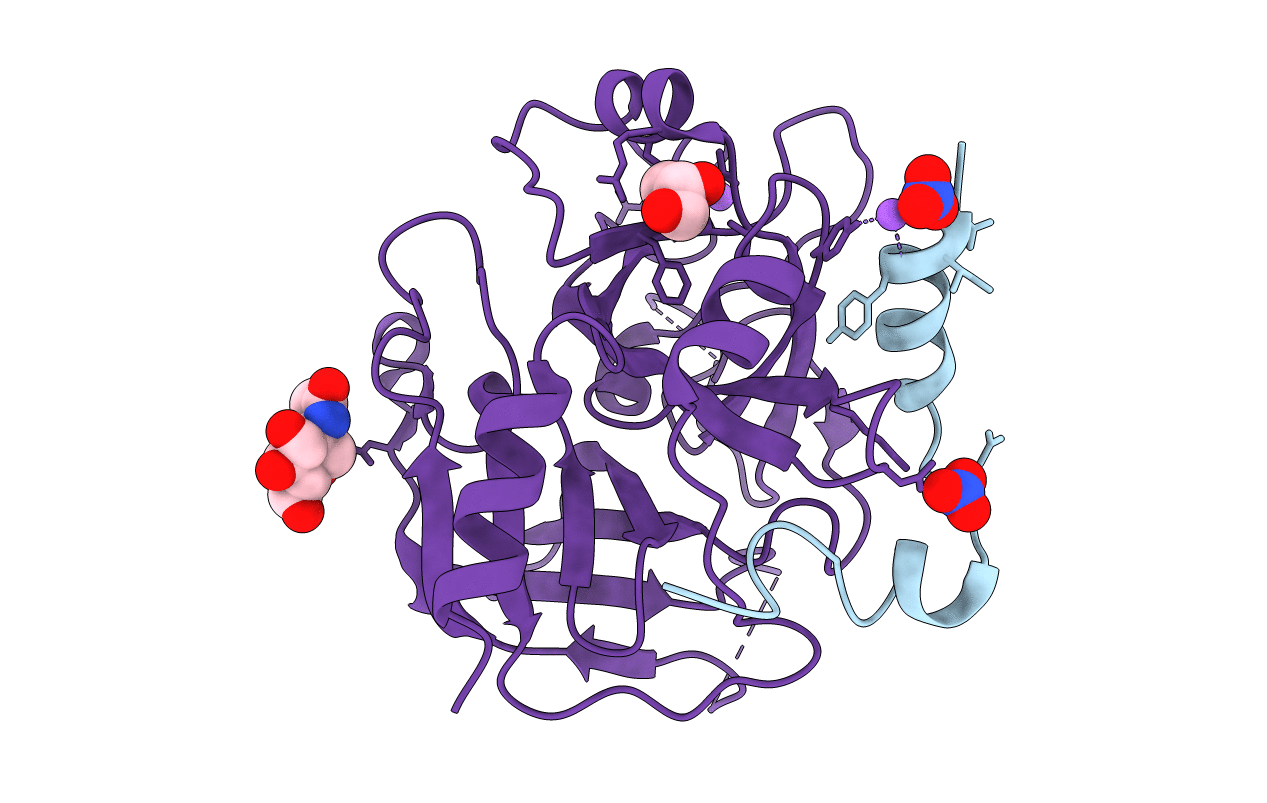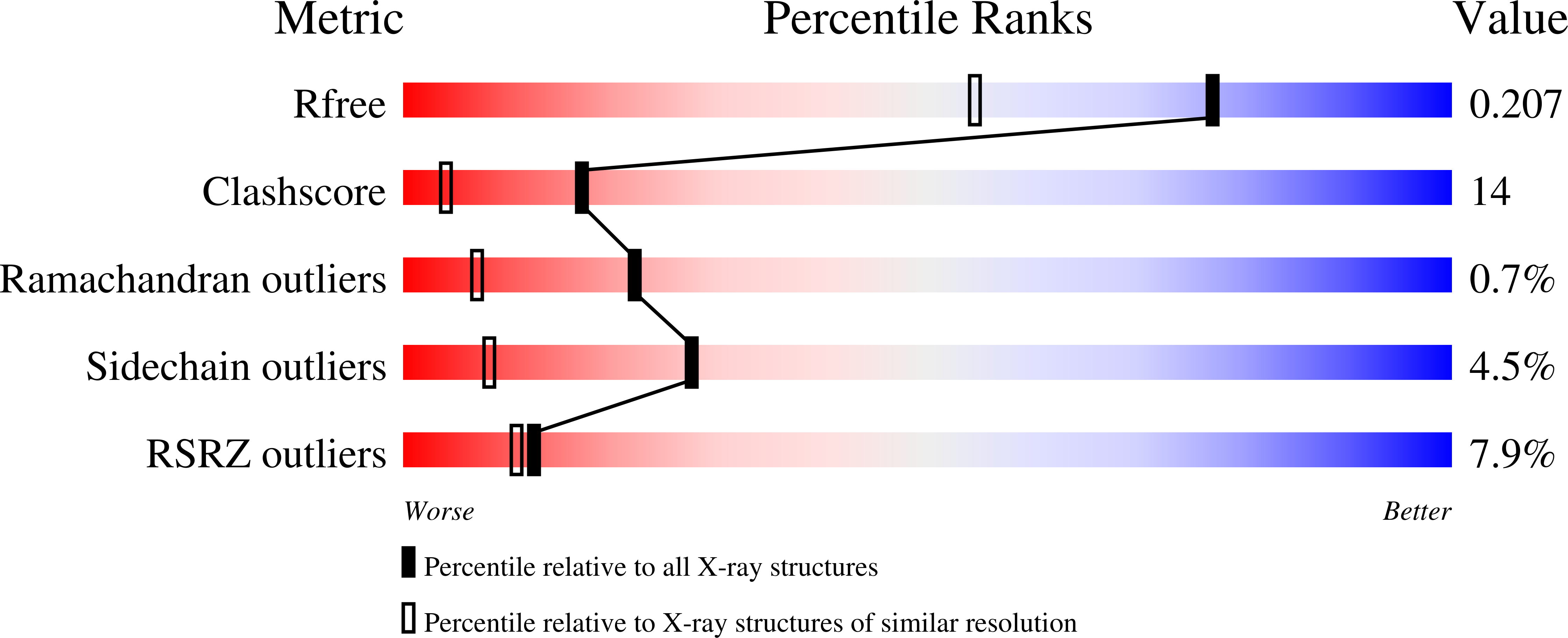
Deposition Date
2009-09-22
Release Date
2009-10-20
Last Version Date
2024-11-27
Entry Detail
PDB ID:
3JZ1
Keywords:
Title:
Crystal structure of human thrombin mutant N143P in E:Na+ form
Biological Source:
Source Organism:
Homo sapiens (Taxon ID: 9606)
Host Organism:
Method Details:
Experimental Method:
Resolution:
1.60 Å
R-Value Free:
0.21
R-Value Work:
0.20
R-Value Observed:
0.20
Space Group:
C 1 2 1


